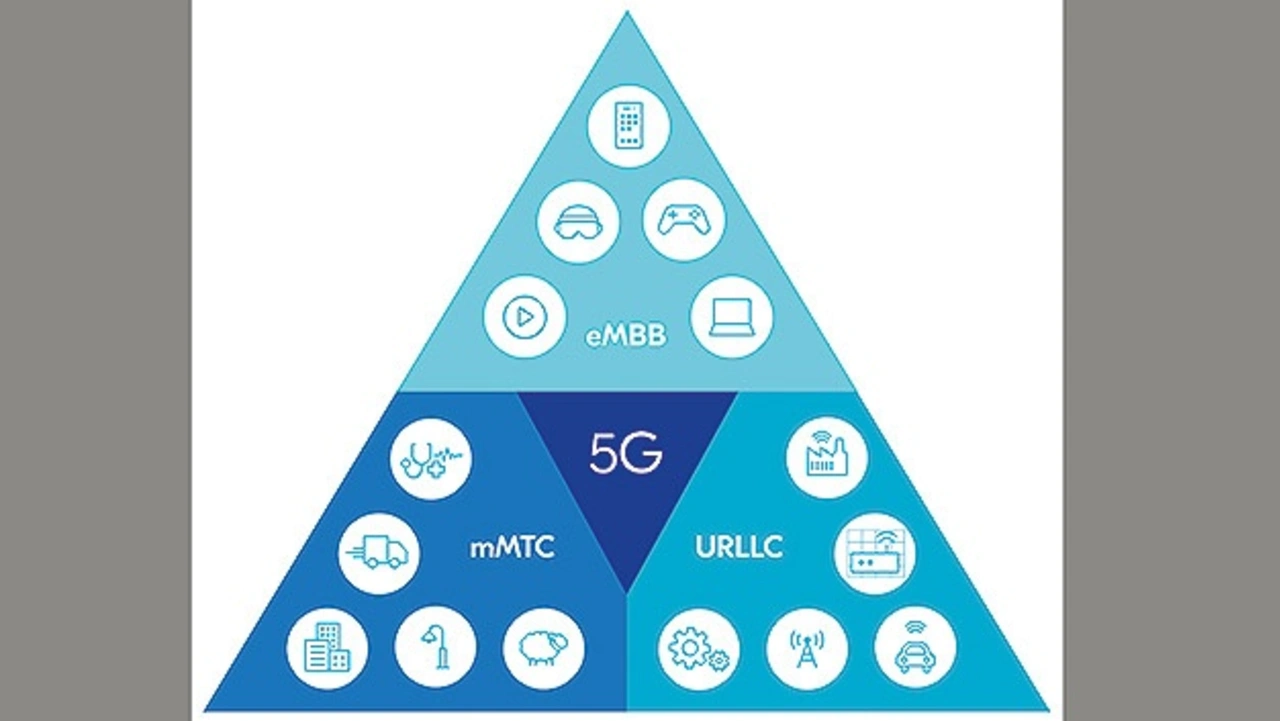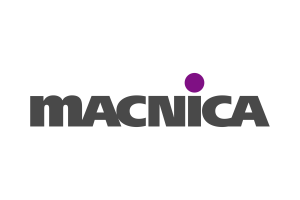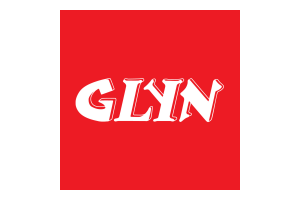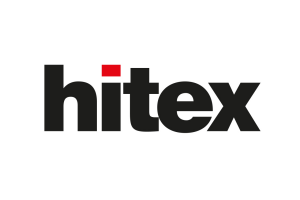License-free frequency band for 5G
Could DECT-2020 democratize massive IoT in 5G?
Fortsetzung des Artikels von Teil 1
So what is DECT-2020?
DECT-2020 was first published by the European Standardization Organization ETSI in June 2020 and is now approved as one of the 5G standards set by the ITU-R (R standing for »Radiocommunication Sector«). It is also the first non-cellular radio standard to be recognized within the ITU-R Recommendation M.2150 as a radio technology fulfilling its formal Mobile Telecommunications-2020 (IMT-2020) requirements. And specifically for use in Ultra-Reliable Low Latency Communication (URLLC) and massive Machine Type Communication (mMTC).
DECT wireless technology itself has a long history dating back to the early 1990s where it became popular in single-cell home and small office cordless phones as a wireless extension to analog telephone landlines. It also found use in Private Branch Exchange (PBX) telephone systems used within many companies, as well as some home-security, automation, and healthcare applications.
IMT-2020 classifies 5G networks, devices, and services into three broad categories as shown in Figure 2.

By being non-cellular, DECT-2020 does not require a cellular network to operate. Instead, users simply build their own private, base station-less device network as is done today for some other non-cellular radio standards such as Wi-SUN and Thread.
DECT-2020 operates in the global, license-exempt 1.9 GHz band so it is possible to set up a network without frequency planning or spectrum leasing costs and very much like 2.4 GHz Bluetooth wireless technology, for example.
A key feature of DECT-2020 is its highly robust radio physical layer. This includes advanced self-organizing, interference avoidance and co-existence strategies. But DECT-2020 earns its place in the 5G standards by being able to deliver reliability that is an order of magnitude superior to other non-cellular wireless IoT radio standards.
A high indoor and outdoor range of up to 2km also means that large factory floors, buildings, or city-wide areas can be covered without requiring the high-density node distance boosting needed by shorter range wireless local or personal area (WLAN and PLAN) networks.
And although other non-cellular wireless technologies can deliver a 2km range, they cannot match DECT-2020’s reliability, bandwidth and latency performance in mission-critical use cases where a typical 100Kbps bandwidth or 10s+ latency isn’t going to be anywhere near enough.
DECT-2020’s higher bandwidth also reduces the amount of airtime required for messaging and allows modern reliability and security measures to be used without latency and power penalties.
DECT-2020 complements long range LTE-M and NB-IoT by being able to form private, self-organizing star and mesh radio network topologies that like cellular IoT support applications that demands years of battery life, blanket wireless coverage, and deep physical (through-wall and basement) penetration (which NB-IoT is proving particularly good at achieving).
Shared spectrum and multiple local networking methodologies are supported in DECT-2020 too due to its modern dynamic channel selection based on spectrum sensing and other spectrum management capabilities. This further allows very efficient use of the spectrum which is key for high device densities in real-world operating environments.
DECT-2020 uses four network protocol layers to manage most of its reliability, security, and network management features, freeing up valuable resources on the application level.
These four layers are:
- Physical (PHY) layer
- Medium Access Control (MAC) layer
- Data Link Control (DLC) layer
- Convergence (CVG) layer
- Could DECT-2020 democratize massive IoT in 5G?
- So what is DECT-2020?
- Physical Layer
- Medium Access Control
- Data Link Control Layer and Convergence Layer
- Why DECT-2020 is the missing wireless IoT technology








